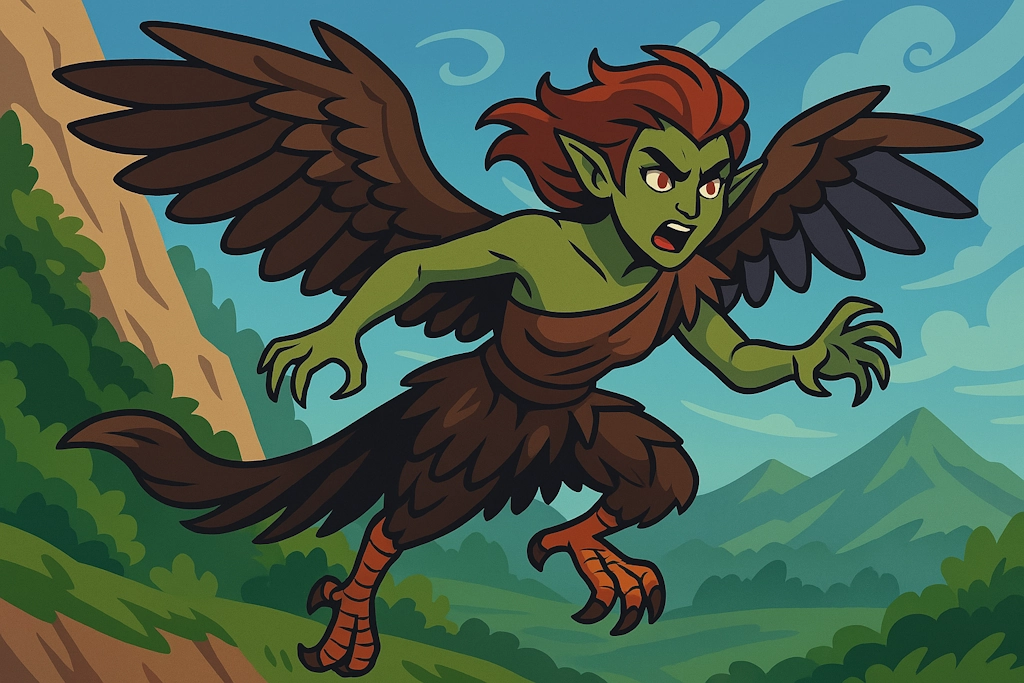⚡Harpies Names(Storm)
Generate names for winged creatures with human torsos and bird wings known for their deadly songs.
Choose your style:

Harpies Names
Generate names for winged creatures with human torsos and bird wings known for their deadly songs.
Featured Collection
Want more mythical creatures content?
Generate 6 more themed items together in one click
Example Harpies Names
Get inspired by these sample results
- Aella Stormwing
- Celaeno Darkshriek
- Podarge Swiftclaw
- Ocypete Windweaver
- Nicothoe Skydancer
- Aethon Cloudchaser
- Thyone Peakseeker
- Kelaino Nightwing
- Alope Tempestcall
- Phoibe Stormsoar

